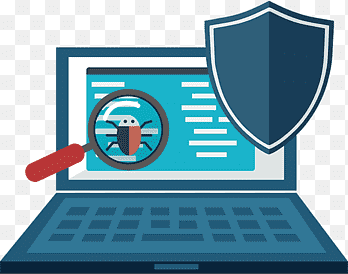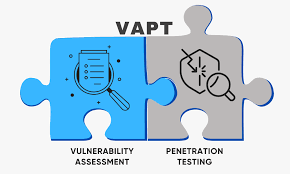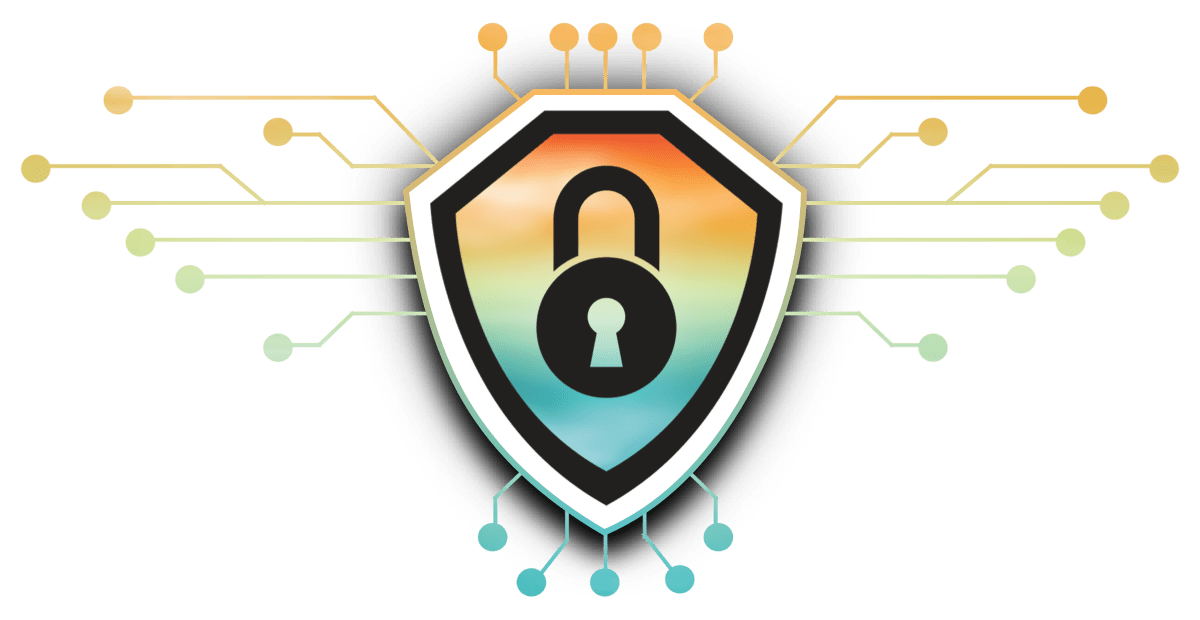PHYSICAL CONTROLS SECURITY REVIEW

What is Physical Controls Security Review?
A Physical Controls Security Review (PCSR) is a systematic assessment of the physical security measures implemented at a location or facility. The main goal is to identify and address any weaknesses or vulnerabilities in these measures, ultimately enhancing the overall security posture of the environment.
Benefits of Physical Controls Security Review?
- Reduced Risk of Incidents: Identifying and addressing vulnerabilities significantly reduces the risk of unauthorized access, theft, vandalism, and other security breaches, protecting your assets and personnel.
- Improved Intrusion Detection & Response: Robust physical controls make it harder for intruders to gain access, allowing for faster detection and response to potential security incidents.
- Compliance with Regulations: PCSRs help ensure adherence to relevant safety and security regulations, minimizing legal risks and reputational damage.
- Reduced Losses: Effective physical controls protect valuable assets and equipment, leading to cost savings from theft or damage prevention.
- Improved Insurance Rates: Demonstrating strong physical security measures can qualify you for lower insurance premiums.
- Streamlined Operations: Optimized physical controls allow for smoother access management and movement within the facility, improving operational efficiency.


Benefits of Physical Controls Security Review:
Enhanced Security:
- Reduced Risk of Incidents: Identifying and addressing vulnerabilities significantly reduces the risk of unauthorized access, theft, vandalism, and other security breaches, protecting your assets and personnel.
- Improved Intrusion Detection & Response: Robust physical controls make it harder for intruders to gain access, allowing for faster detection and response to potential security incidents.
- Compliance with Regulations: PCSRs help ensure adherence to relevant safety and security regulations, minimizing legal risks and reputational damage.
Operational Efficiency and Cost Savings:
- Reduced Losses: Effective physical controls protect valuable assets and equipment, leading to cost savings from theft or damage prevention.
- Improved Insurance Rates: Demonstrating strong physical security measures can qualify you for lower insurance premiums.
- Streamlined Operations: Optimized physical controls allow for smoother access management and movement within the facility, improving operational efficiency.
Our Approach
1. Planning and Scoping:
- Define Objectives: Clearly identifying the goals of the review, whether it's a comprehensive assessment of the entire facility, specific high-risk areas, or compliance with regulations.
- Determining Scope: Deciding which areas, systems, and personnel will be included in the review, considering risk factors and potential vulnerabilities.
- Assembling a Team: Depending on the scope and complexity, involve internal security personnel, facilities management, external security consultants, or a combination.
2. Data Gathering and Review:
- Site Surveys: Conducting physical inspections of the facility, noting physical barriers, access points, security systems, and signage.
- Document Review: Analyzing relevant security policies, procedures, access control lists, maintenance records, and incident reports.
- Interviews: Gathering insights and perspectives from security personnel, facility managers, and employees responsible for access control and key management.
3. Vulnerability Assessment and Testing:
- Identifying Weaknesses: Analyzing the gathered data to identify potential vulnerabilities in physical barriers, access controls, alarm systems, and security procedures.
- Testing Security Systems: Evaluating the effectiveness of security systems like door locks, alarms, cameras etc through practical testing.
- Simulating Security Incidents: Conducting penetration testing or tabletop exercises to assess incident response plans and personnel preparedness.
4. Analysis and Reporting:
- Evaluating Findings: Analyzing the collected data and test results to determine the overall effectiveness of your physical security controls.
- Identifying Improvement Needs: Prioritizing vulnerabilities and weaknesses based on their severity and potential impact.
- Developing Recommendations: Creating a comprehensive report outlining identified issues and actionable recommendations for improvement.
5. Implementation and Follow-up:
- Prioritizing Actions: Developing a plan to address the identified improvement needs, prioritizing critical vulnerabilities and ensuring feasibility.
- Implementing Improvements: Executing the planned actions, involving relevant personnel and departments in the implementation process.
- Monitoring and Updating: Regularly monitoring the effectiveness of implemented changes and conduct follow-up reviews to ensure continuous improvement.










